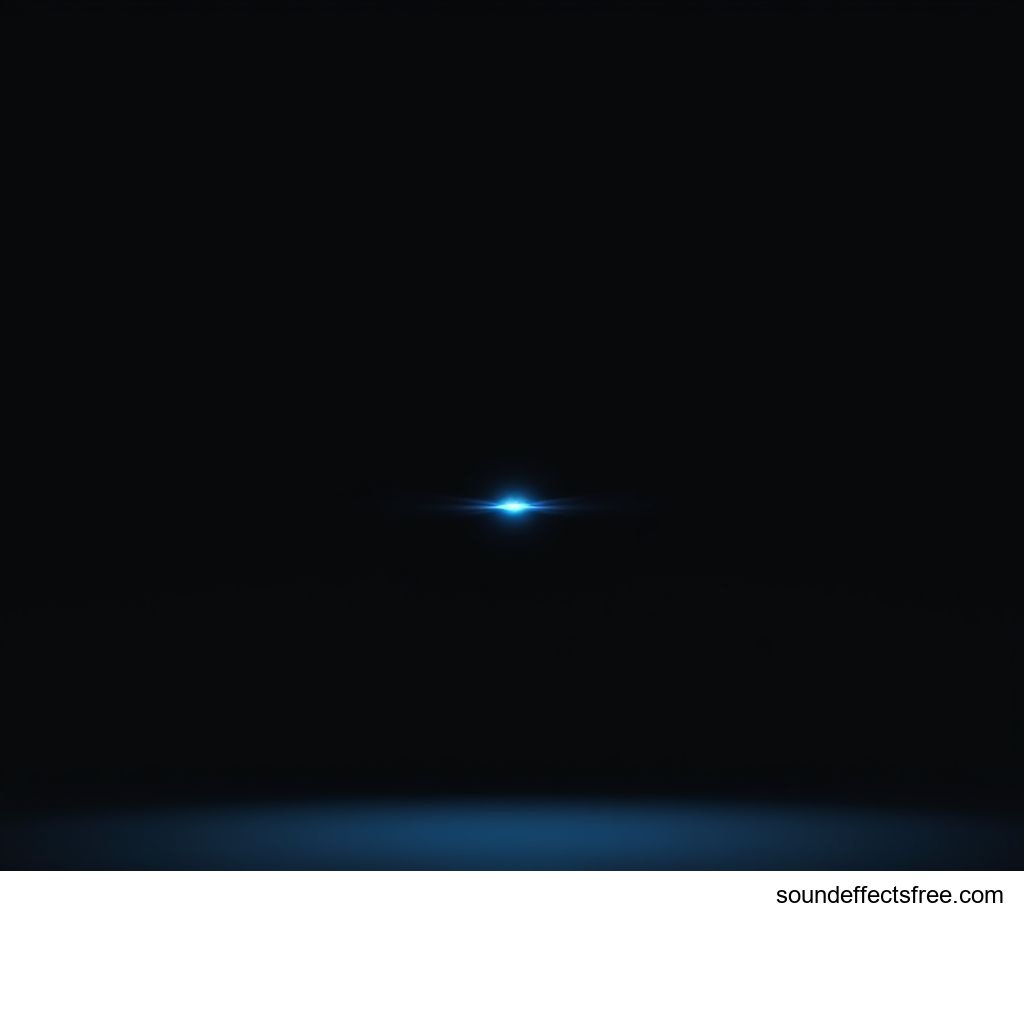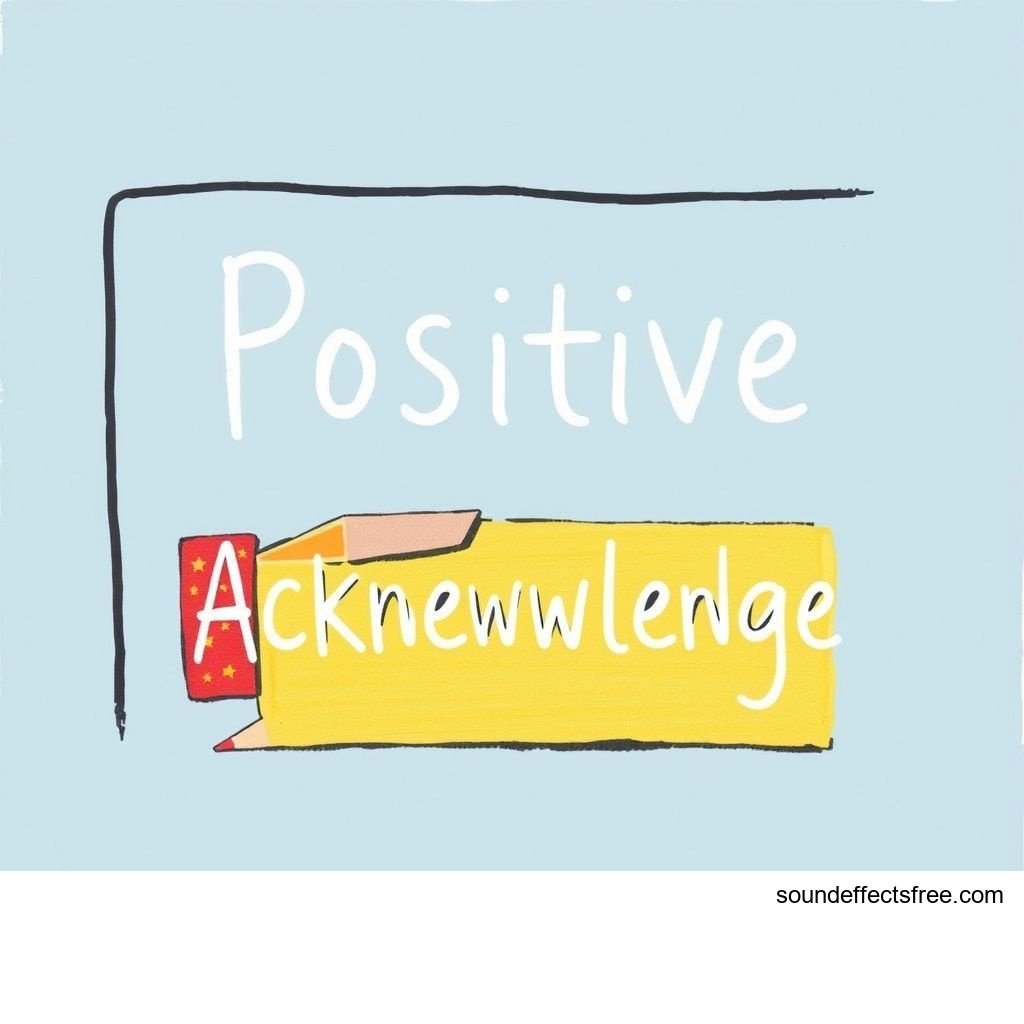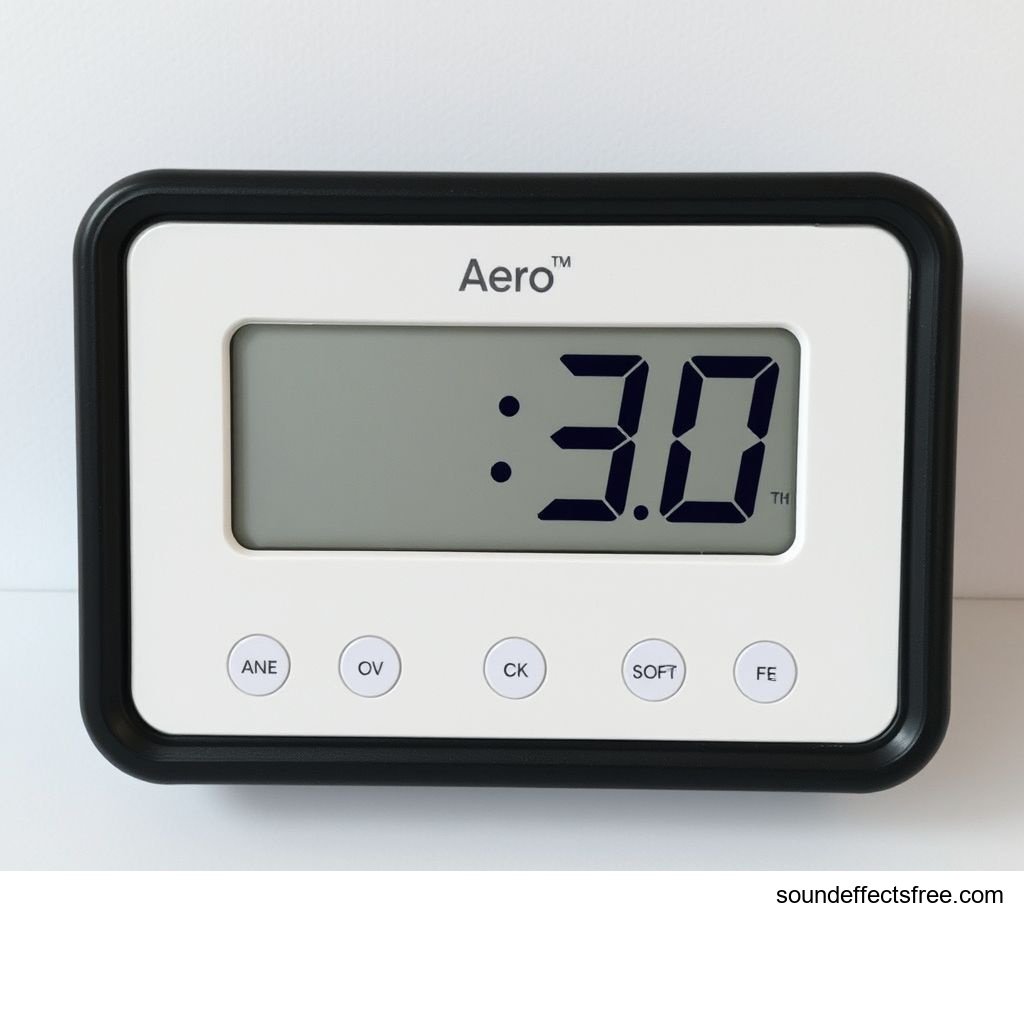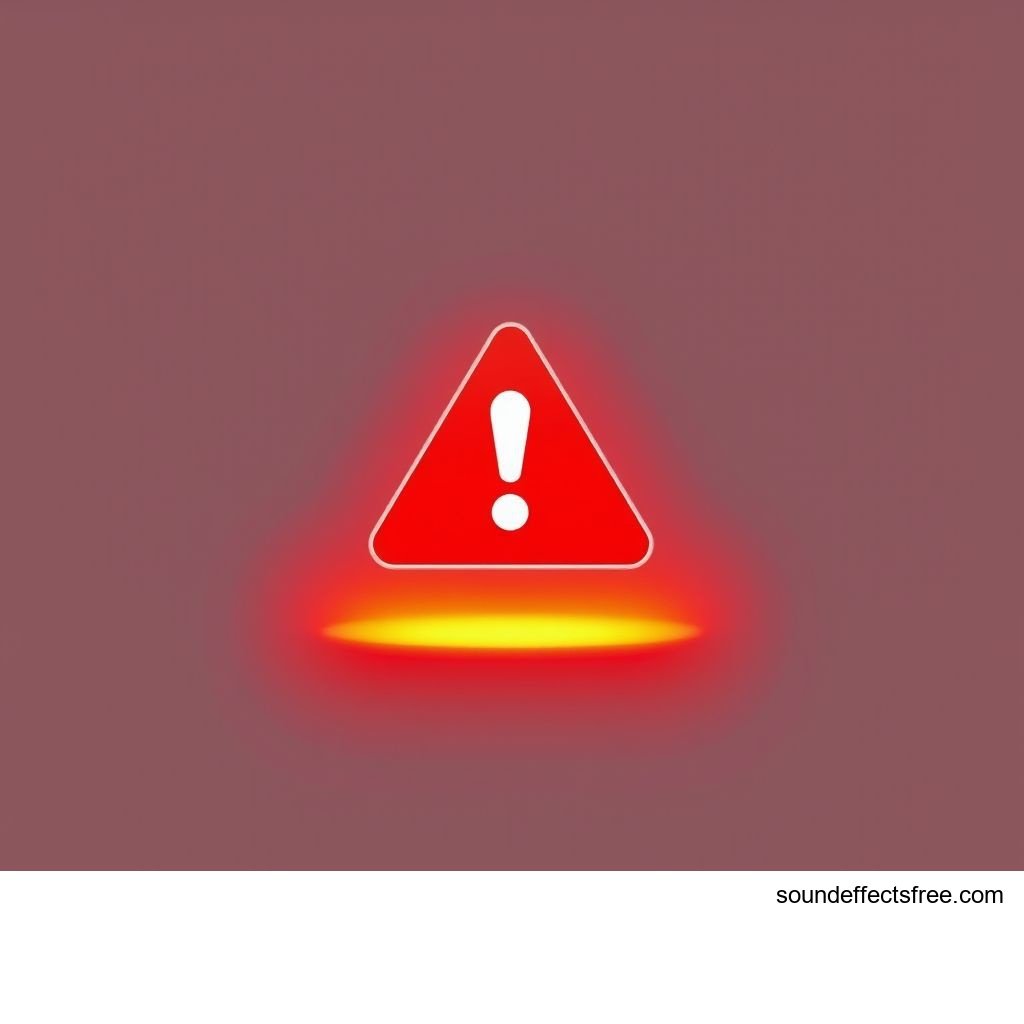Minimal Select Blip: Enhancing Digital User Experience
In the vast digital landscape, user interaction is key. A small sound can make a huge difference. The "minimal select blip" is one such crucial audio element. It provides instant auditory feedback. This subtle blip enhances user experience dramatically. It confirms a digital action. This short sound lets users know their input was received. This improves the overall feel of any digital interface. It is a powerful yet understated digital tool.
Applications in Media
Digital environments thrive on clear communication. A minimal blip sound provides this. It guides users without being intrusive. This small audio effect builds confidence.
Industry-Specific Uses
Gaming relies heavily on responsive feedback. A simple blip confirms a button press. It signals a menu select. This instant feedback is vital for fluid gameplay. Mobile apps also benefit greatly. Tapping an icon often triggers a soft digital blip. This confirms the touch input. It tells the user the action registered. Websites increasingly use subtle UI sounds too. A digital select blip makes navigation feel more responsive. It adds a layer of polish to the user journey.
Creative Techniques
Designers use blips for many purposes. A quick notification often uses a blip. Confirming a choice involves a subtle select sound. Even hovering over elements can trigger a quiet digital blip. These sounds must be unobtrusive. They blend seamlessly into the digital experience. This makes the interface feel alive. It provides crucial auditory feedback. A well-placed blip prevents user confusion. It improves user flow in any digital product.
Technical Analysis
Understanding the technical aspects helps in creating effective blip sounds. These are not just random noises. They are carefully crafted digital audio assets.
Waveform Characteristics
A typical blip sound has a very short duration. It features a sharp attack phase. This is followed by a rapid decay. The waveform often looks like a quick spike. It might have a small tail. This clean, concise shape is important. It ensures the sound is not prolonged. It delivers immediate digital feedback. This precise waveform is key to its effectiveness.
Frequency Profile
Blip sounds usually occupy higher frequencies. This makes them distinct. It prevents them from clashing with background music. It also avoids masking speech. A clear, crisp frequency profile is essential. It ensures the blip cuts through. It provides unambiguous digital feedback. A focused frequency range helps maintain audio clarity. This is vital for a clean digital experience.
Production Tips
Creating the perfect blip sound requires some specific techniques. It involves both recording and clever editing. Professional tools help achieve desired results.
Recording & Editing
Synthesizers are excellent for generating blip sounds. Simple waveforms like sine or square waves work well. These raw digital sounds are then refined. Careful editing is crucial. Trim silence precisely. Ensure the attack is sharp. Adjust the decay for brevity. Adding a tiny amount of reverb can give depth. Ensure the digital blip is not too loud. It should be subtle yet present. This process crafts a clean audio effect.
Software Tools
Digital Audio Workstations (DAWs) are indispensable. Programs like Ableton Live or Logic Pro allow precise waveform editing. Dedicated sound design software can also be used. Plugins for EQ and compression are useful. They help shape the frequency profile. They ensure consistent volume. Tools like these ensure the blip sound is polished. They turn a raw sound into a perfect digital UI element. They help create ideal audio samples.
Creative Implementation
Beyond basic function, blips can be artistically layered. They can also use spatial effects. This adds richness to the digital interface.
Layering Methods
Combine a blip with other subtle sounds. A blip can signal a selection. A soft chime can follow for confirmation. This provides multi-layered digital feedback. It enhances the sense of completion. Layering must be subtle. It should not create a noisy interface. The primary goal is a cohesive user experience. It makes the digital interaction more engaging.
Spatial Effects
Using stereo panning can add depth. A blip might sound like it comes from the selected element. Subtle reverb can give a sense of space. Too much reverb can muddy the sound. A little can make the digital blip feel more natural. These effects create a more immersive auditory experience. They subtly guide the user's focus within the digital space.
Sound Pack Integration
High-quality sound packs provide consistent audio assets. Integrating a minimal blip from a pack ensures harmony.
Using with Other Sounds
A sound pack offers a collection of cohesive audio samples. The blip sound within a pack will complement others. Using sounds from the same pack ensures stylistic consistency. This creates a unified digital soundscape. It improves the overall professionalism of your project. Consistent sounds build user trust and familiarity. It makes the entire digital product feel polished.
Complete Collection
Get the full sound pack for comprehensive audio solutions. This digital collection offers a wide range of sound effects. They are designed to work together seamlessly.
Discover how professional sound effects can elevate your projects. You can find more options for your digital needs at Pro Sound Effects. For additional choices, explore Related digital sounds. Also, consider a UI Success Chime for positive feedback.
FAQ Section
Q1: What is a minimal select blip sound? A: It's a short, subtle digital audio effect. It signals that a user has made a selection. This provides instant feedback. It is a vital part of good UI design.
Q2: How does a digital blip improve UI? A: A digital blip confirms user input. This makes interfaces feel more responsive. It reduces user uncertainty. It enhances the overall digital user experience.
Q3: Where are blip sounds commonly used? A: Blip sounds are prevalent in digital applications. This includes mobile apps, video games, and websites. They are used for button presses, menu selections, and notifications.
Q4: Can I create my own digital blip audio effect? A: Yes, you can. Use a digital audio workstation (DAW) or synthesizer. Focus on a short, sharp attack. Ensure a quick decay for a crisp blip sound.
Q5: What makes a good select feedback sound? A: A good select feedback sound is brief and clear. It is not intrusive. It provides immediate auditory confirmation. It should perfectly complement the digital interface it serves.




